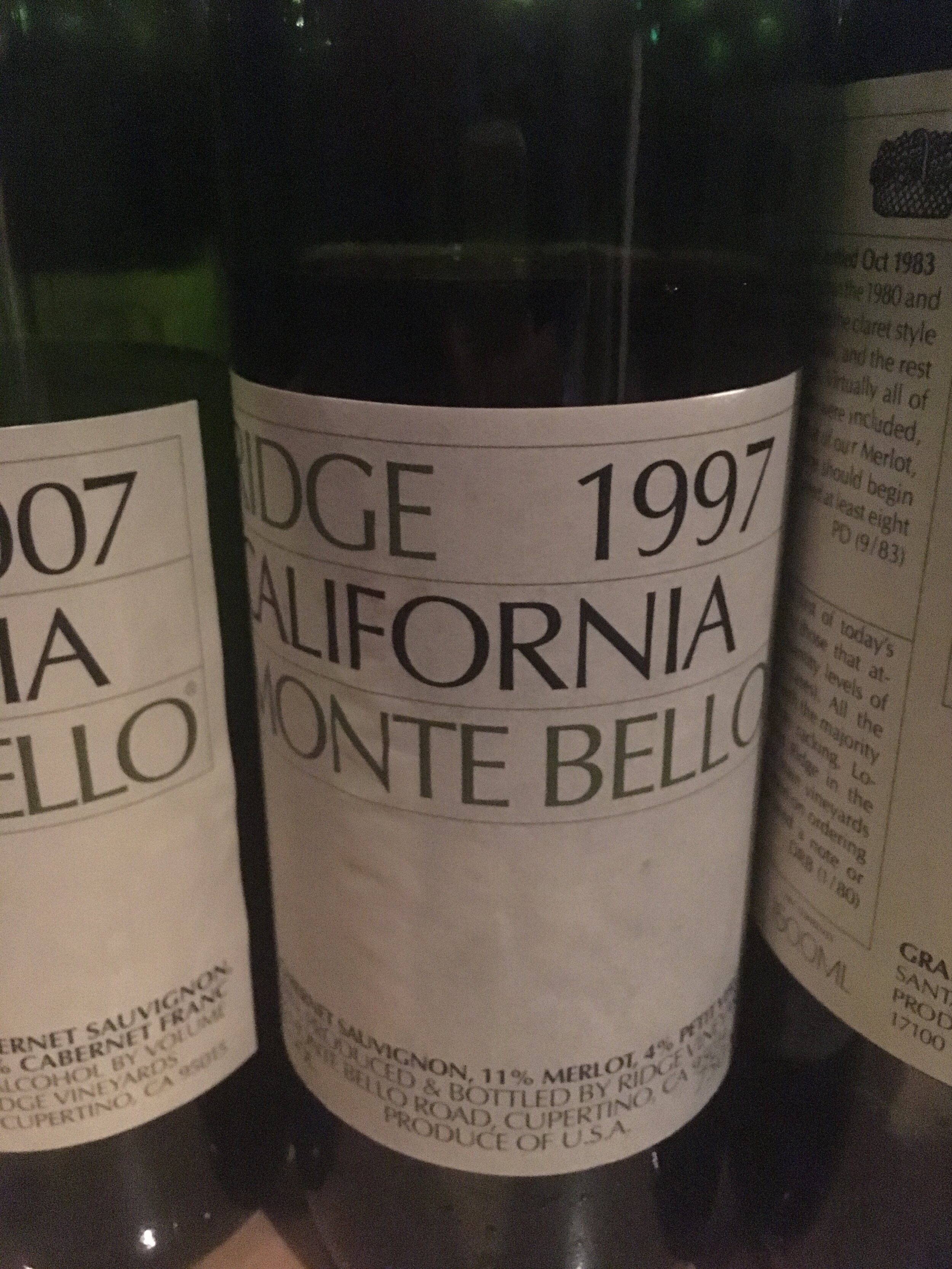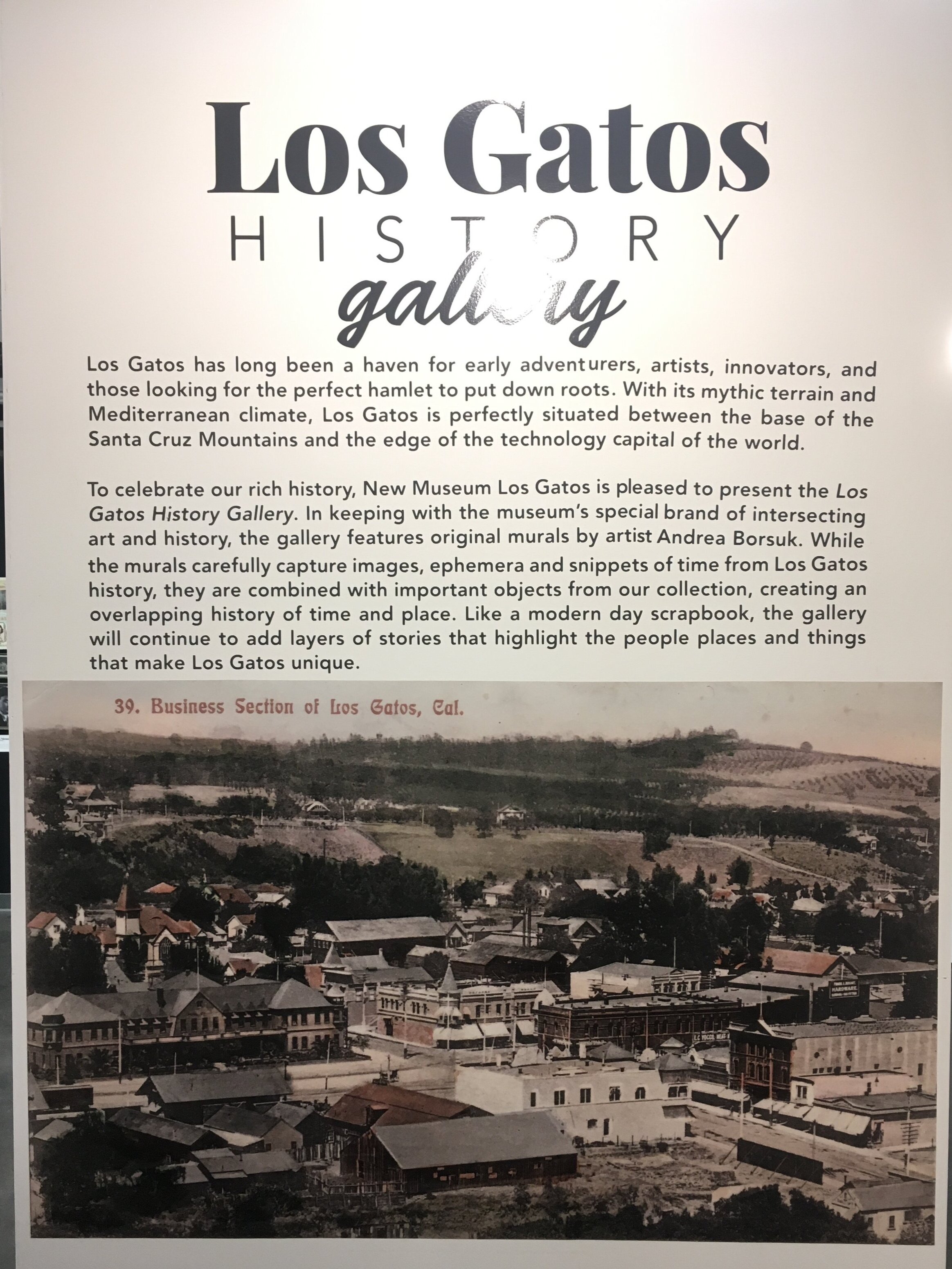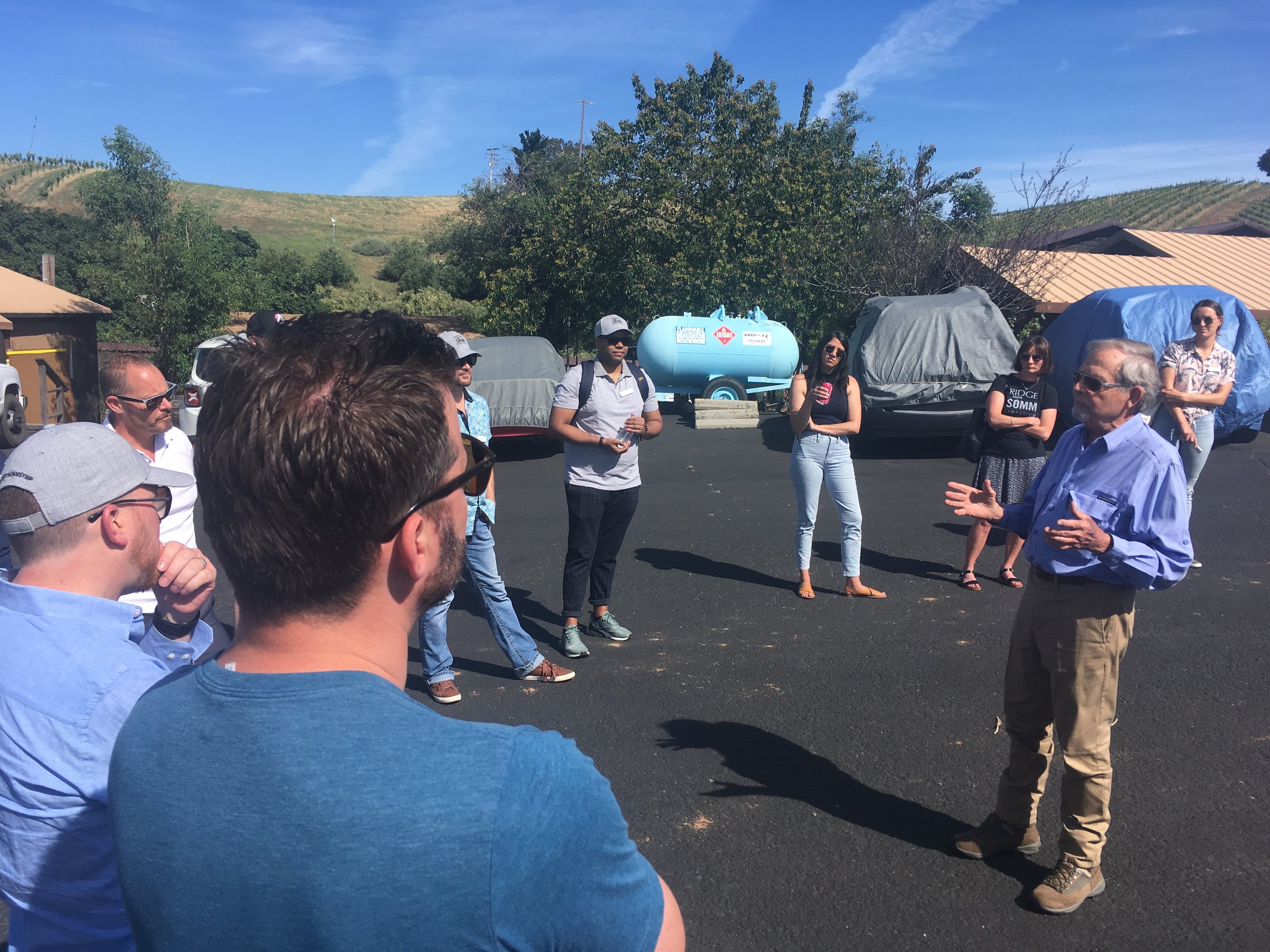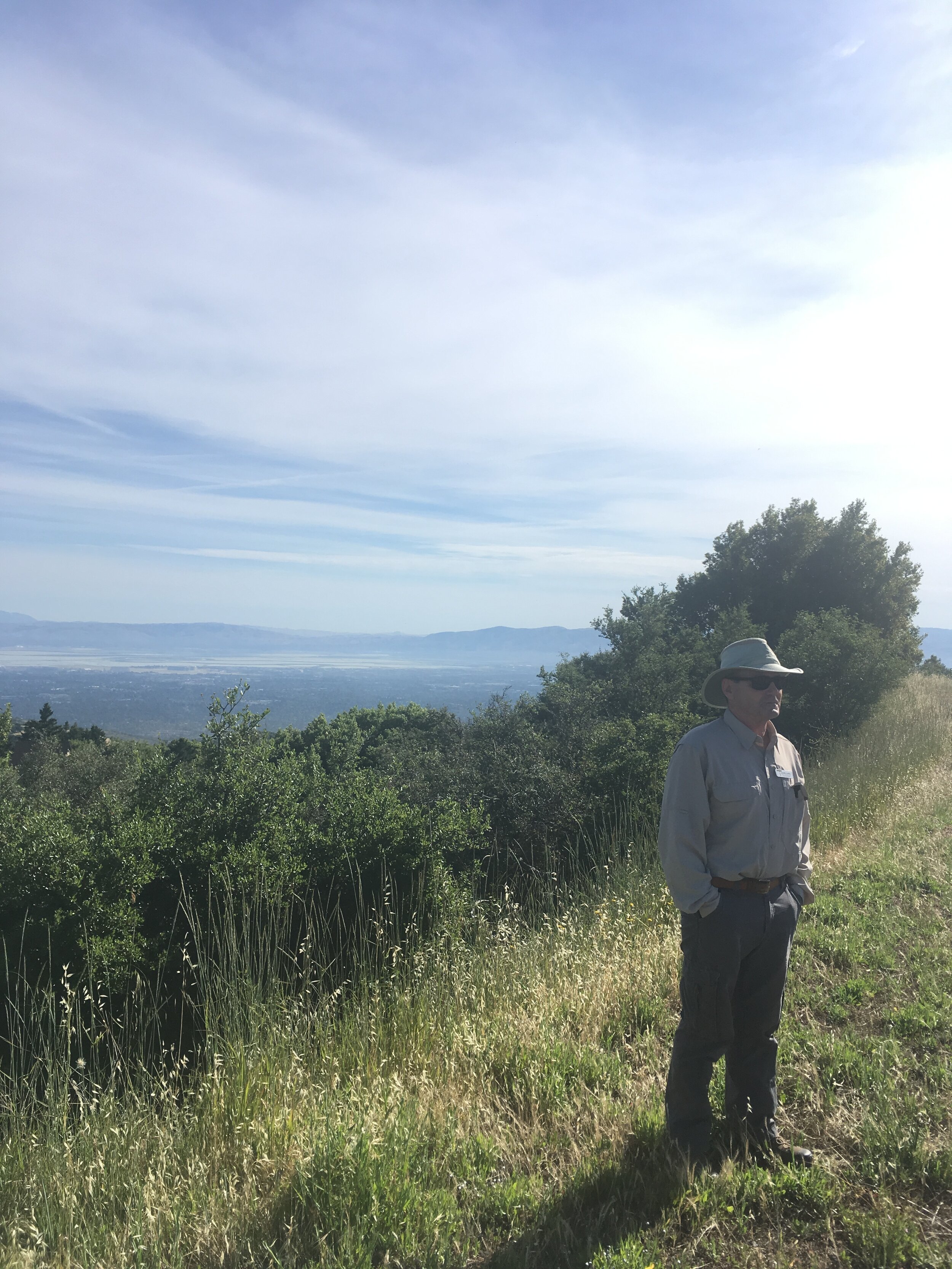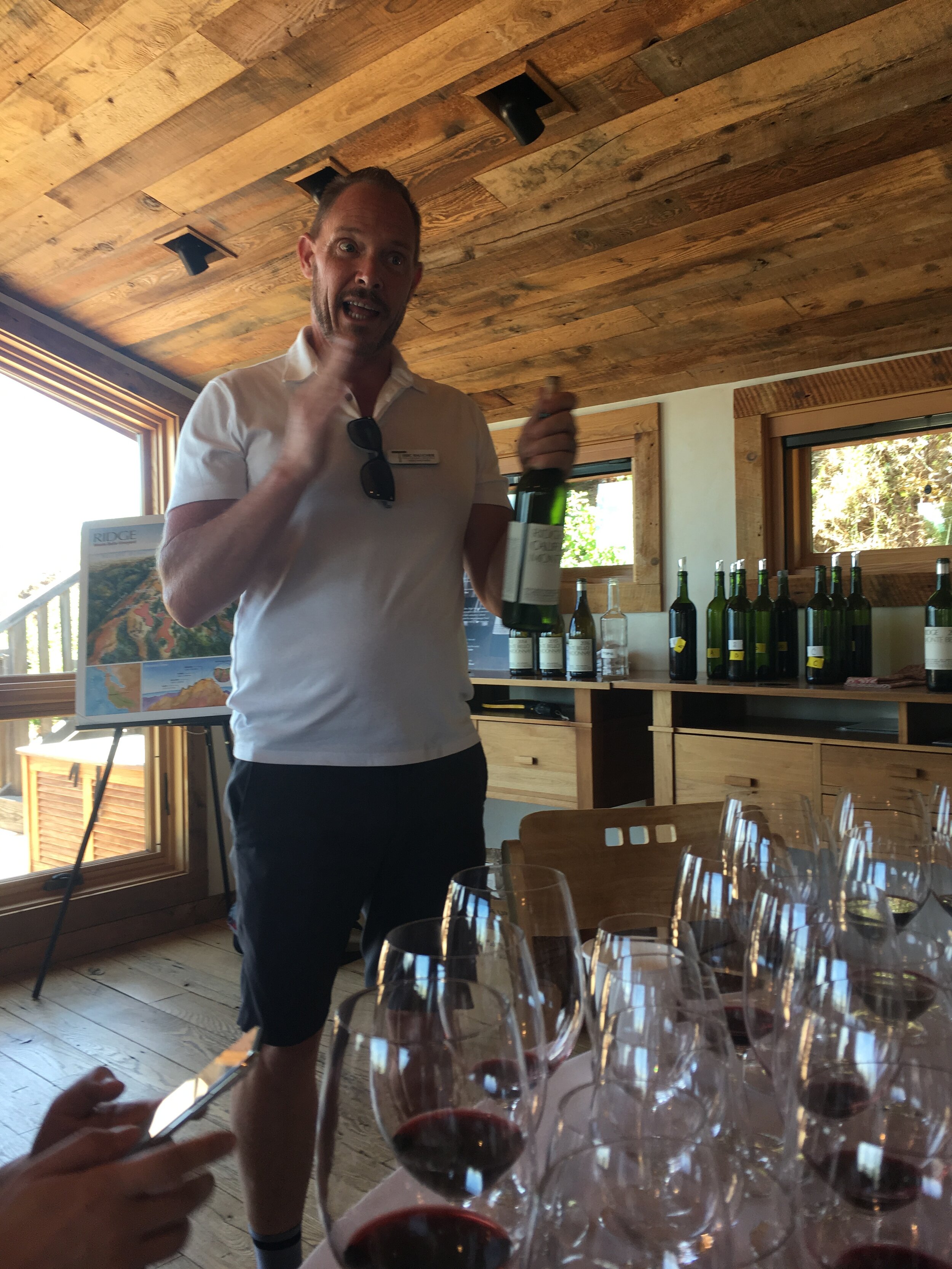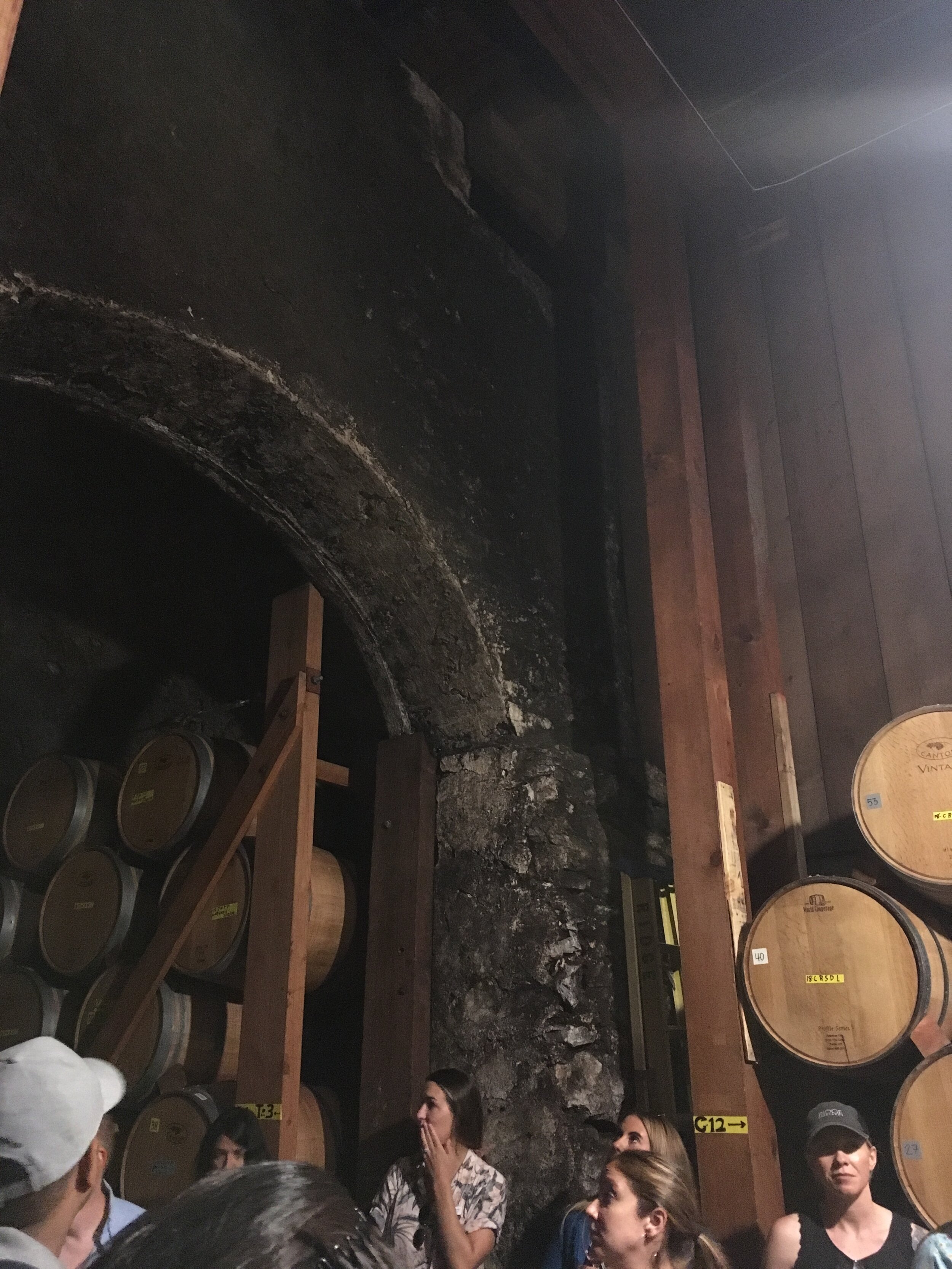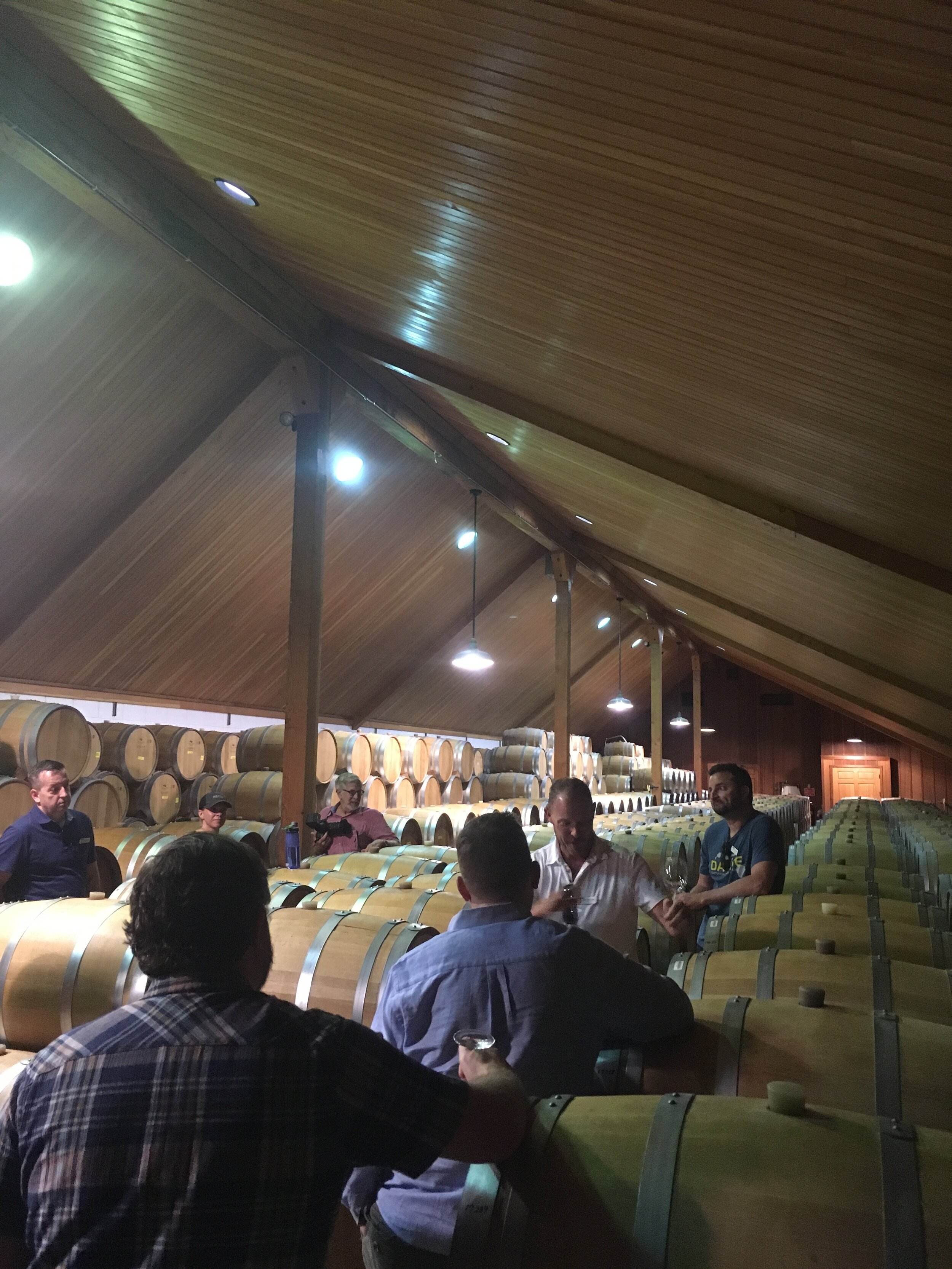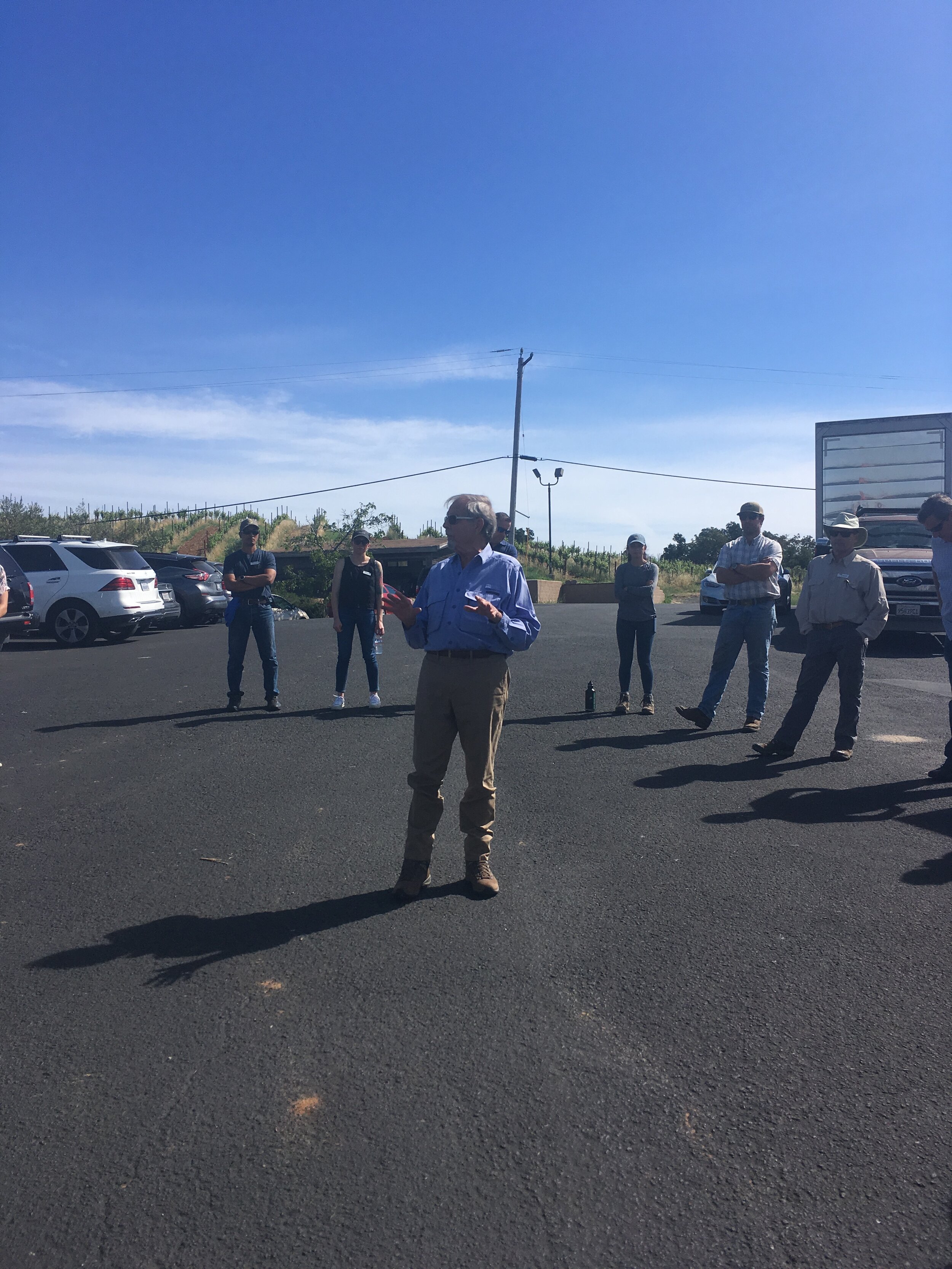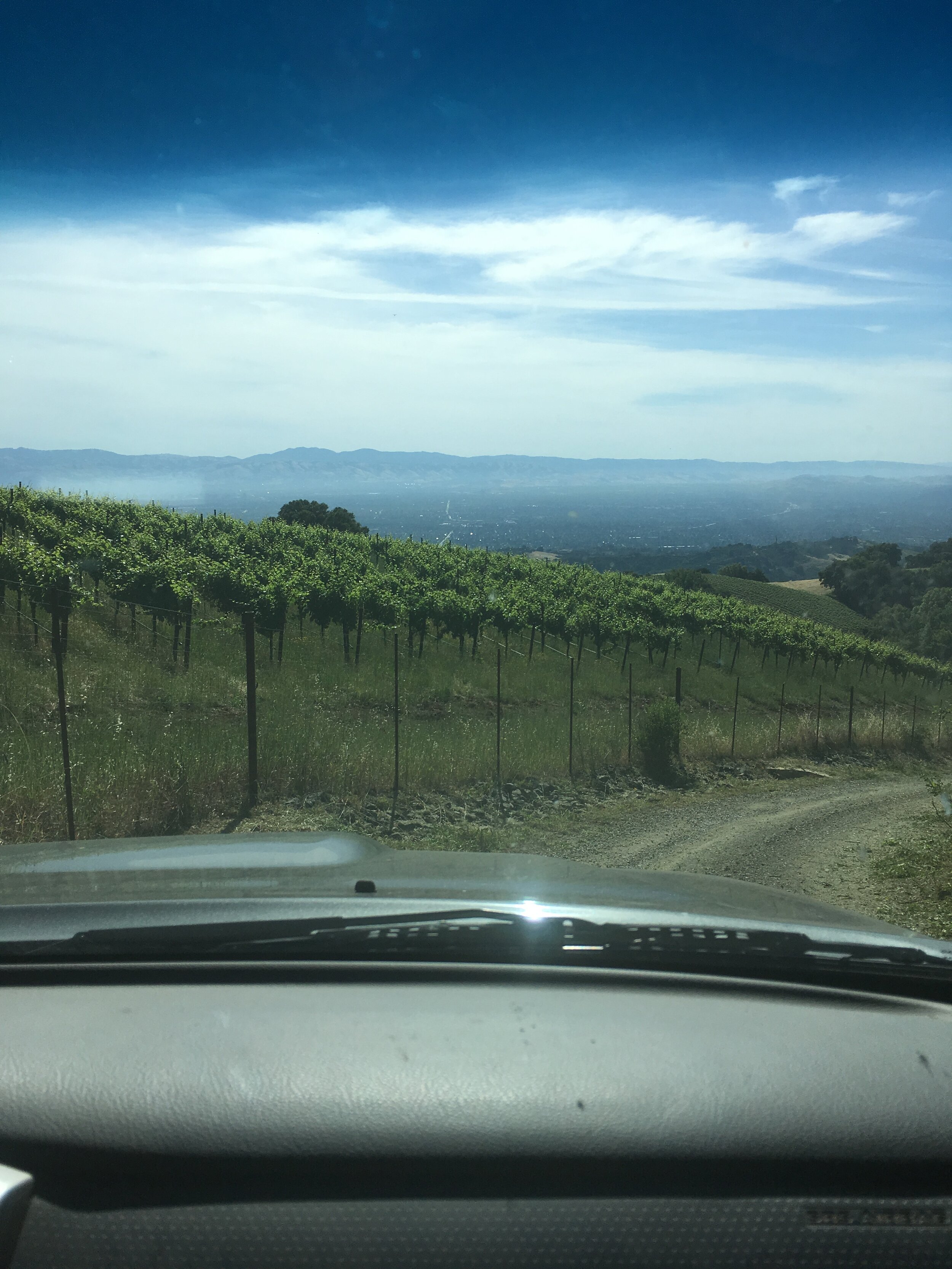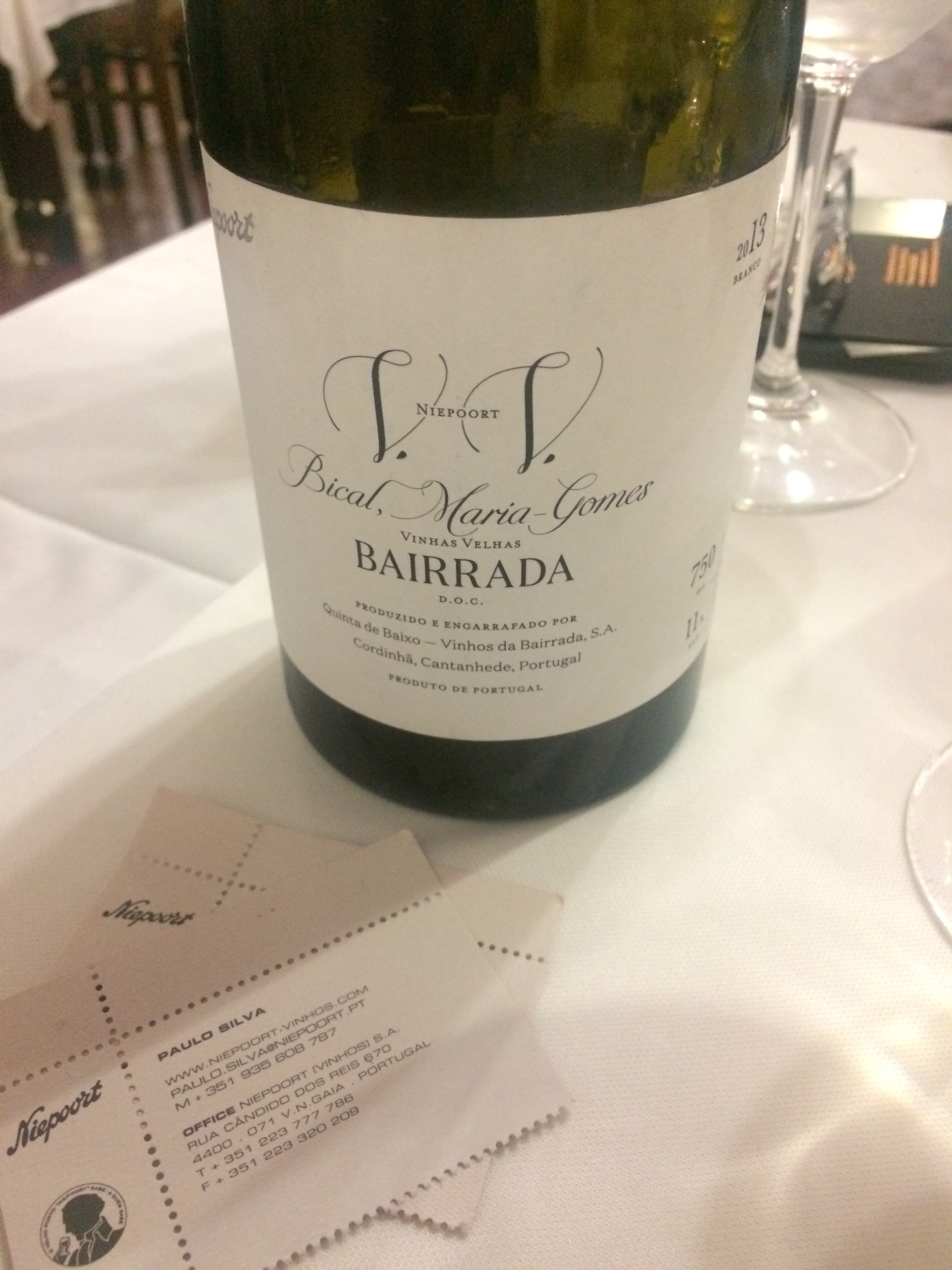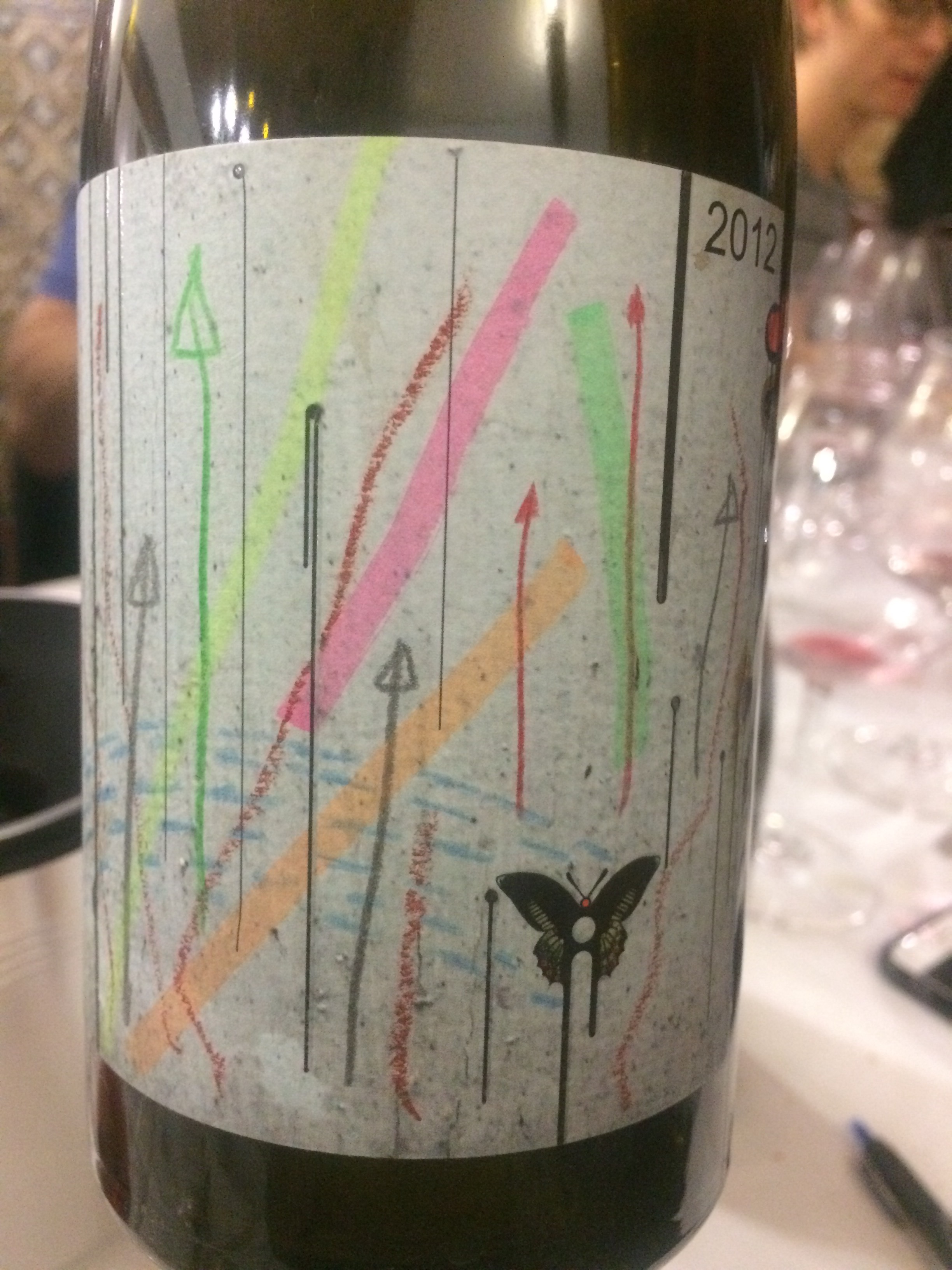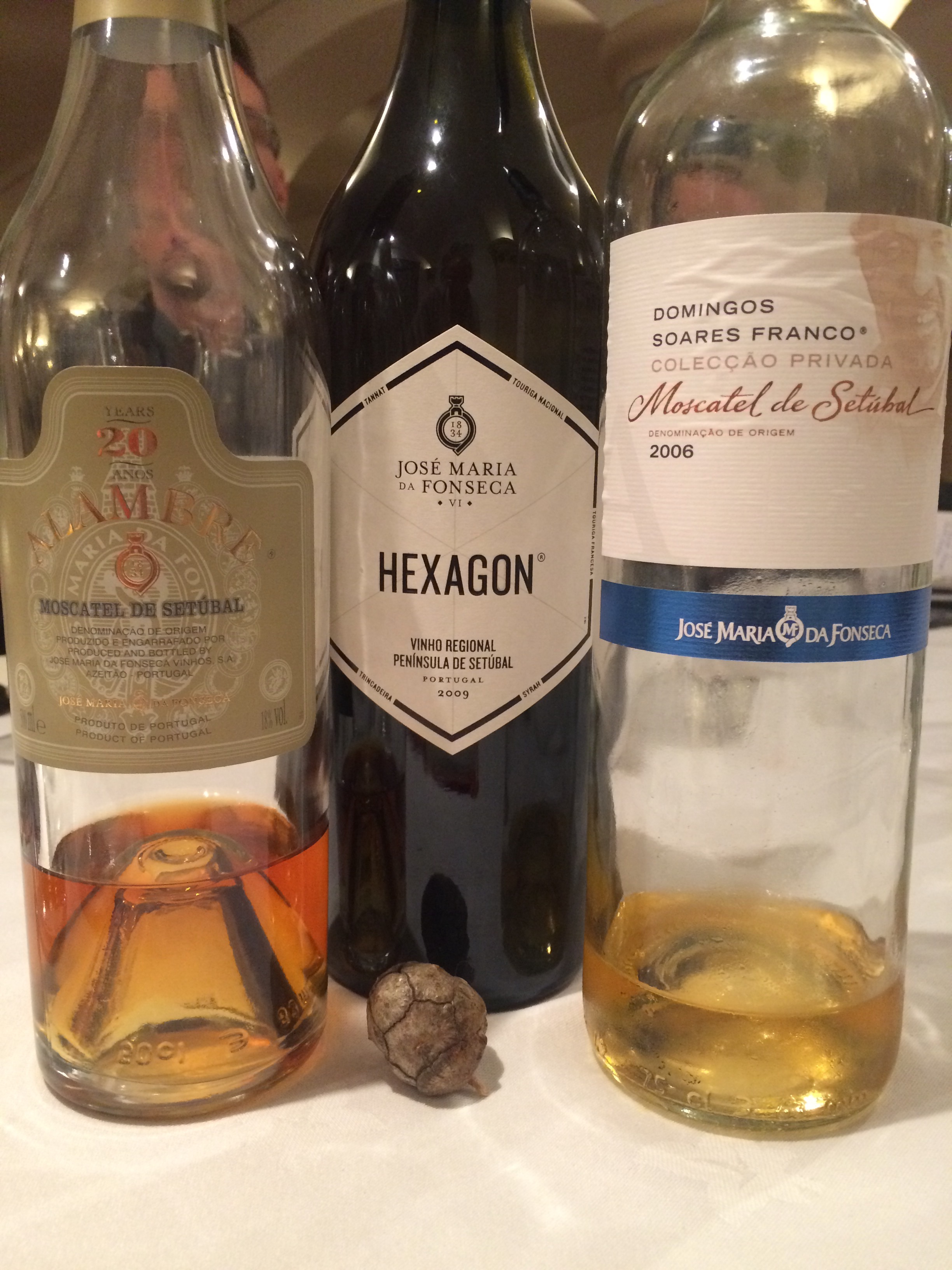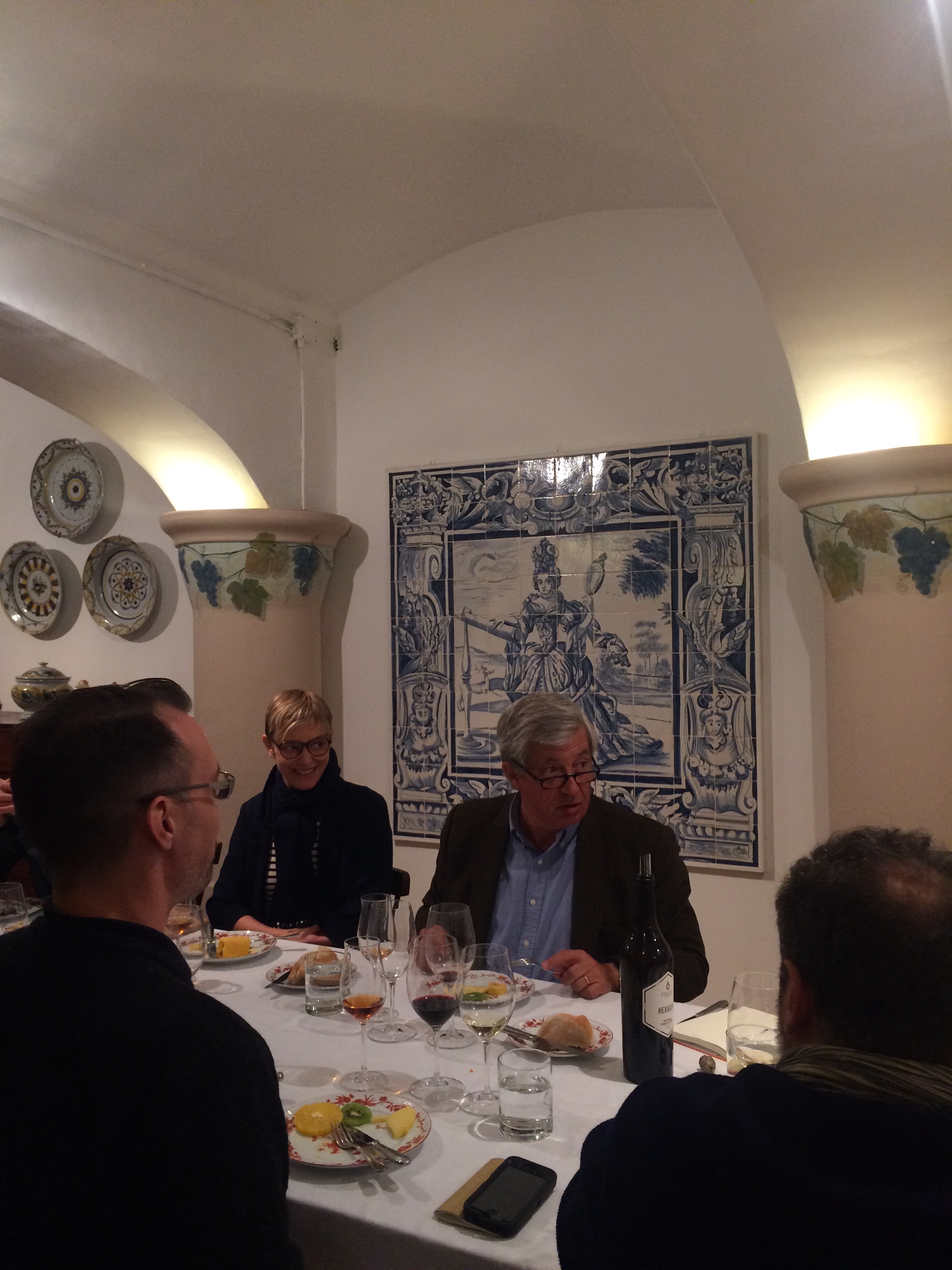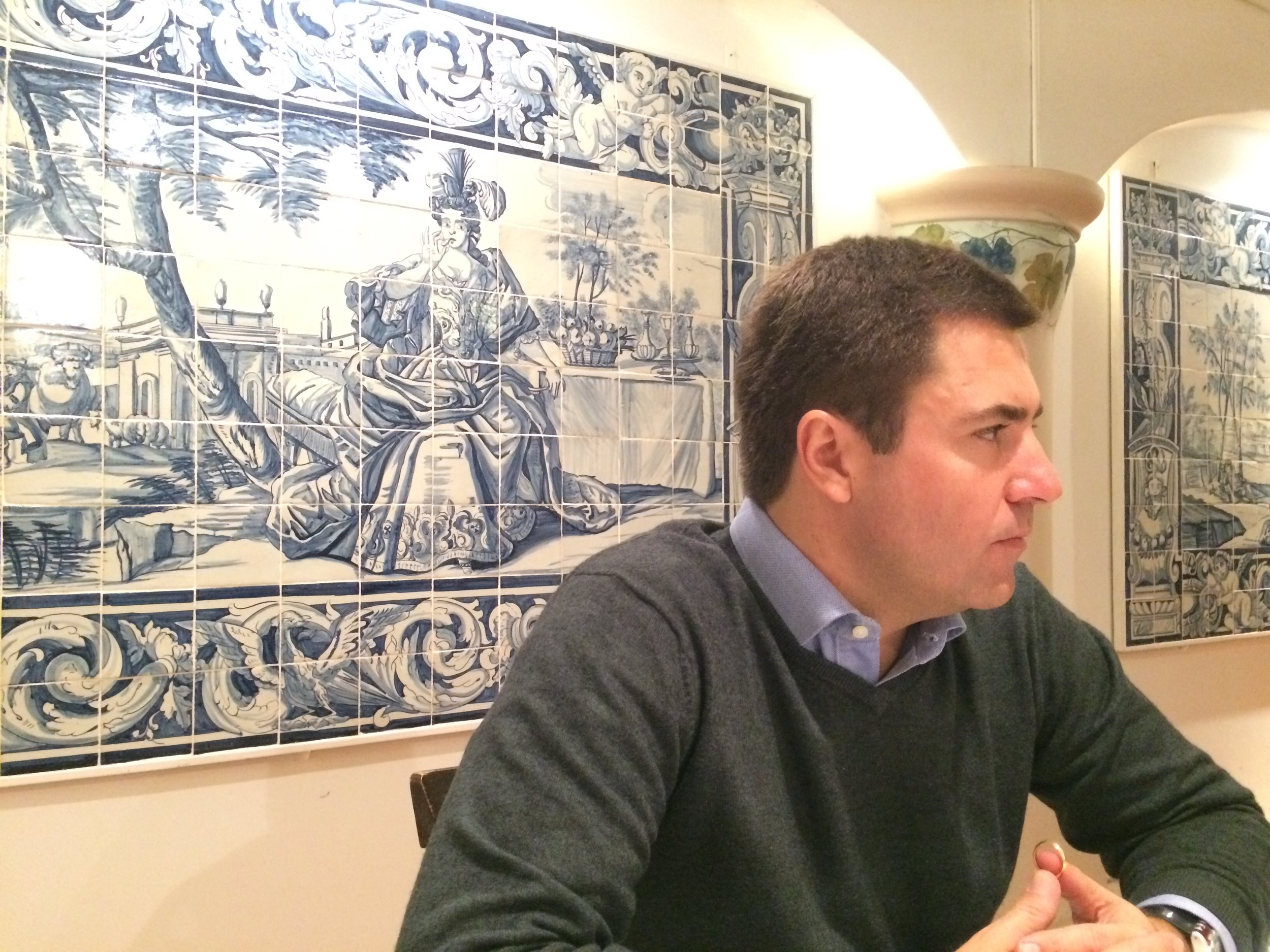RIDGE SOMMSYMPOSIUM 2019
It was June 2019, I had been invited down to visit Ridge Winery in California. This trip would be my first ever trip to California wine country. Sonoma to be exact, visiting the 3 major Ridge Family Estates of Monte Bello, Lytton Springs and Geyserville. The entire Ridge Family of wine makers and sales team host an annual Symposium with invited Sommelier from across America, I think I might have been the first Canadian invited and I had the pleasure of meeting China’s only Master Sommelier, Yang Lu among the esteemed guests. Over the 3 days starting in Los Gatos, with a meet and greet at ‘The Bywater’ for a champagne dinner, we would on the following days taste and tour the Monte Bello Vineyards near Cupertino and then finally travel up to the Estates at Lytton Springs and Geyserville Vineyards close to the quiet town of Healdsburg.
Ridge, and their Chief Wine Maker Paul Draper are world renowned for their legendary high altitude Monte Bello Ridge Vineyards of Cabernet Sauvignon and Chardonnay. In fact Ridge Monte Bello 1971 was one of the wines presented by Stephen Spurrier at the famed ‘Judgment of Paris’ Wine tasting of 1976. An historic blind tasting hosted by Spurrier whereby he invited French Wine Judges to rate and rank wines of quality that included Chardonnay, both French and American in one flight. In the second flight, Cabernet Sauvignon/Bordeaux Blends of French and American origin . France had up until this point reigned supreme in global recognition for quality and heritage. Ridge Monte Bello ranked in the top 5 overall and the Ridge reputation was sealed. I would also add that the reputation of quality has certainly been maintained!
Ridge is also known for being a key player in pioneering the way for the ‘elevation and promotion’ of the grape Zinfandel in the region. See ZAP. Both Lytton and Geyserville Vineyards are dedicated to old vine and Heritage Zinfandel. These vineyards are special because of the unique DNA of the Field Blend. Field Blended Vineyards, historically, are a combination of different vines planted to ensure a ‘balanced’ crop and a wine of equally balanced flavour. Ridge has focused on Old Vine Zinfandel sprinkled with a blend of Southern France grapes such as Carignan, Grenache, Mataro (Mourvedre), Viognier to name a few. These Field Blended Vineyards had been acquired with an already pre-existing map of planting. That is to say the vineyards had been intentionally planted this way and have been since studied and maintained to give the Ridge Zinfandel blends their unique identity, style, let alone freshness! A freshness that is not always experienced while drinking the ‘other’ often high octane Zinfandels of California.
Day 1: We began our wine journey at the sleepy town of Los Gatos, the day opening up with a dry summer heat, very reminiscent of being somewhere in the Mediterranean. Departing for our first vineyard stop on an ascension (enter John Coltrane) up into the Santa Cruz Mountain AVA above Cupertino to see the Monte Bello Vineyards. These vineyards sit somewhere at 400 - 800 meters above sea level (m.a.s.l) and sit on one of the only places in the region that are of limestone soil. It is this limestone outcrop, sitting on top of the San Andreas Fault, which gives that special profile to Monte Bello Red (re: Cabernet Sauvignon + blend) at altitude. As I would soon learn, it is also here that they make their fantastic Monte Bello Chardonnay.
The Monte Bello Vineyards in its entirety is comprised of 4 different sub-vineyard. The lowest altitude vineyard, and where we had our introductions to the full Ridge team, is ‘Klein’ which sits at 500 m.a.s.l,. we then rise to ‘Rousten’, ‘Torre’ and ‘Perrone’ - home to the the historic Old Stone limestone cellar sitting at 800 m.a.s.l.
The Vision : to make world class chard and cab from the same sight!
Eric Baugher, COO and wine maker at the Ridge Monte Bello Vineyards took us through a proper master class of Monte Bello Chardonnay and Cabernet. I can think of few better things to be occupied with at 10am in the morning. The tasting was hosted in the upper level of the original ‘Old Stone Winery’ that had been owned originally by the Perrone Family back in the late 1800’s. Dr. Perrone established Monte Bello Ridge by creating terraced limestone vineyards and a cellar carved into the limestone earth. Monte Bello Ridge became ‘Ridge’ Monte Bello in the 1940’s when the original founding members purchased the then abandoned cellar and thereafter started to plant Cabernet on the Perrone and the then acquired Torre Vineyards. The first commercial wine sales of Ridge Monte Bello was in 1962. It was in 1969 that Paul Draper became the winemaker at Ridge and it was his hand that crafted Ridge Monte Bello Cabernet 1971 for the famous Judgment of Paris : Stephen Spurrier tasting of 1976!
Ridge Monte Bello Chardonnay Vertical
All wines were tasted June 2019.
2014 Ridge Monte Bello Chardonnay : This Ridge Chardonnay was made in a reductive style, with tones of lightly buttered popcorn, to apple and orchard fruit. Lashed with lemon, citrus peel and sweet honey comb. The palate is quite flinty, saline and mineral driven. ( I did add a note that this wine is less saline than the following vintages we would taste). The fruit on the palate is gentle of sun-sweetened golden apple as a defining character. I felt the wine be best described as clean and clear. Clarity. There is a very pleasing overall presence on the palate with quite a long finish.
2015 Ridge Monte Bello Chardonnay : 2015 showed less reduction than the 2014, with fleshy lemon and golden apple driving the wine. Orchard fruit of bruised apple and pear exhibiting sighs of evolution from bottle age and that honeycomb, lemon is softly layered with something like oat and cereal. The saline mineral note is much more apparent on the nose. The palate gives way to some texture, with fresh but less intense fruit of apple, lemon and touches of banana and spice. The wine feels warmer due to the vintage. Medium length on the finish.
2016 Ridge Monte Bello Chardonnay : 2016 carries a nice balance of reduction to fruit, with distinct golden apple, lemon and honey with an added layer of savoury herb. The mineral tone on the nose is more defined as Loire Sancerre like - silex/flinty. Bright! Palate is fresh and mineral balanced nicely with the sweet-ish apple, lemon, add lemon zest, and spice notes. I did not mention the notion of phenolic bitterness in the previous wines but it is here present, more intense yet gentle. Think light notes of popped corn and roast almond. This was by far the most complex and expressive of the Chardonnay wines.
2017 Ridge Monte Bello Chardonnay : Bottled Sample of 2017 mimics the 2016 with its veil of reduction. The fruit element here is sweet golden apple, lemon clean and clear with a feeling of the Mediterranean coast with herbs and floral aroma. The palate was less complex but direct with weight and intent.
NOTE: Please enjoy these next few photographs. I might encourage you to grab yourself a glass of Chardonnay or Cabernet, or whatever and jam to this dj. Osunlade mix…skip to the 1hour4min mark and turn full blast!, on whatever sound system you. [ a new window will open so stay with me ]
The Ridge Monte Bello is a rather classic Bordeaux Blend dominated by Cabernet Sauvignon with the additional spice and zest of Merlot, Cabernet Franc and Petit Verdot. Upon tasting the wines one can not but remark at how fresh and mineral in drive these wines present in comparison to other California wines of the same pedigree and history. Paul Draper is strongly opposed to the UC Davis Wine Education as an approach to wine, with the argument that this UC Davis approach ‘messes with flavours’ and masks the potential of the true identity and character of California terroir and wines. All that remains is a mask of ‘oak’. It might be like Coca-Cola/Pepsi versus Chinotto or ‘real’ Root Beer.
The winemaking at Monte Bello embraces sustainability and organics. The wines are made with natural yeast, that undergo a natural malolactic fermentation from each of the 45 sub-parcels. Each varietal is made into wine separately. Then blended. How is Monte Bello made from so many parcels? In the early days all of the parcels would go into blending to make Monte Bello. The fear was to not ‘waste’ any of this wine. They soon realized that this was ‘forcing’ the wines into being Monte Bello, whereas now they watch and meticulously taste each barrel for better balance before blending. Tannin is managed at another level of detail with the use press fractions to complete the Monte Bello wine in any particular vintage.
Ridge Monte Bello Vertical
2012 Ridge Monte Bello : the 2012 greets you immediately with bright, and evenly ripe black and blue berry fruit notes followed by floral, and savoury herbal tones of the Mediterranean, with a sage like aroma dominant. From a balanced use of oak, one can sense spice, vanilla, and a subtle cumin, warm spiced feel. Overall the wine felt medium to full bodied, with firm tannin and bright acid holding up the nice forest bramble berry fruit. Gentle and savoury. A fine tuned and balanced wine reflective of site and elevation.
2013 Ridge Monte Bello : this 2013 presented deeper and darker, still waiting to reveal it’s true self. The same dark fruit was denser, concentrated on the nose with mint and bay leaf, yet still giving floral and fresh-cum-mineral tones on the aroma. The palate reflected the same intensity with firm, intense tannin with notable high acid, the fruit is latent but present. Overall the component varieties in the wine express themselves and perform as they should.
2014 Ridge Monte Bello : 2014 was harvested in September. An early summer that was hot, with drought and moving into rather mild conditions up until harvest. The wine presents up front with plum/damson, ripe confected berry, raspberry and currant. There is a freshness and floral tone that reminded me of Tuscan Sangiovese with some dusty rose aroma rising from the glass. The palate makes a seamless transition from aroma. It tastes like it smells. The tannin and acid are elevated giving way to an angular structure, the wine is sharp and justly balanced by the generosity in fruit.
2015 Ridge Monte Bello : 2015 was a result of a similar vintage as the 2014 though harvest took place in October. Perhaps altitude and exposition aided during a summer that experienced heat spikes, drought and wildfire in other areas of California wine country. This wine in fruit and aroma presented notes of ‘what-one-might-think’ as ‘classic-Bordeaux’. Truth be told that this wine is 77% Cabernet Sauvignon, 11% Merlot, 7% Petit Verdot and 5% Cabernet Franc. Clean and bright with layers of aroma, from berry to spice and a slight cooked, maderized, coulis layer of fruit. On the palate the wine is wrapped up with fine tannin, firm and so direct, but lashed with with tart plum, plum skin to prune, with a leafy herbal and savoury finish.
2016 Ride Monte Bello : 2016 complex and precise in its floridity, with currant, bramble fruit, baked fig, prune, subtle cumin - sotolon, pine and green herbs with the distinct floral and mineral freshness. Moving to the palate the same quality of intense bramble berry, plum, with sandal wood and great freshness/minerality. Again an intense yet complex wine. You can see from my notes that this is the most brief. I can say that the overall presentation of the wines from their structure - tannin v. acid, and fruit quality are all consistent. Like looking at a BMW 5 Series or the reliability of a Toyota Camry with all the bells and whistles. Though this last wine had the details, more than just the leather interior and hard wood, but also having a proper ‘EQ’ed’ audio system for your jazz, house music, or U.K grime!
2017 Ridge Monte Bello : Bottle Sample of the 2017 in its youth was bramble berry, with dried cassis, and currant. Underlying notes of upfront vanilla, baking spice with lower complexity, though intense. The palate reflected the intensity of youth in this wine, with bold tannin, notably high acid and the fruit flavours following notes of the aroma. A wine that needs to mature with time to see it true potential.
All wines were tasted June 2019
More to follow in Part 2 with a few words on Zinfandel at Lytton and Geyserville Vineyards.


